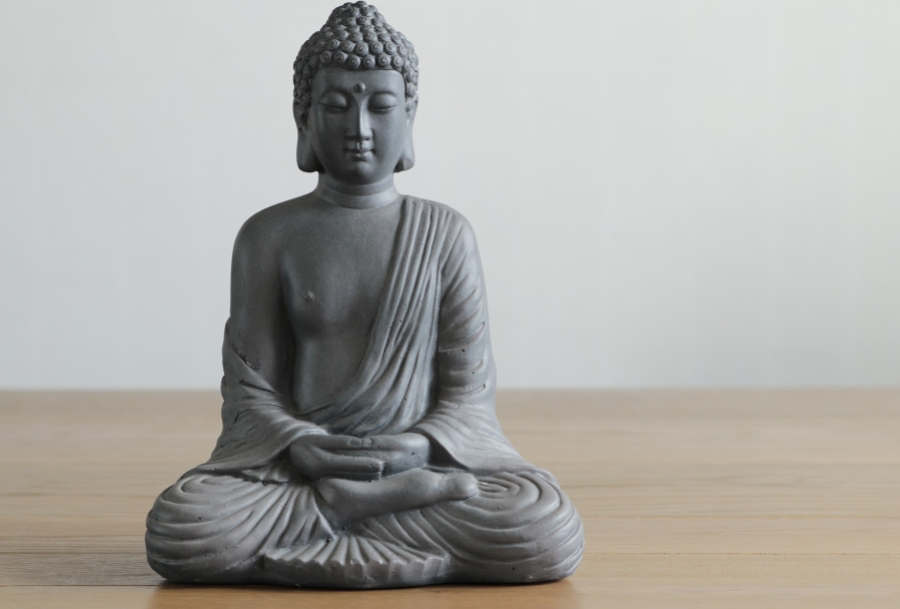
Buddha
Buddha
The Buddha, also known as Siddhartha Gautama or (Pali) Siddhartha Gotama, Shakyamuni or (Pali) Sakkamuni, was born in Lumbini (modern-day Nepal) in 563 B.C. or 483 B.C. Because he was born to the Shakya clan's rulers, he was given the name Shakyamuni, which means "sage of the Shakya clan." Maya had him after having a dream about a white elephant entering her right side. She gave birth to him while standing in the garden, gripping a tree. He was given the name Siddhartha ("He Who Achieves His Goal") by an astrologer who foretold that he would become either a great ruler or a renowned religious teacher.
The horrors of poverty, disease, and even old age were thus unknown to Siddhartha, who grew up in a lavish palace surrounded by every comfort. He took three chariot trips beyond the royal grounds at the age of twenty-nine and saw an old person, a sick person, and a corpse for the first time. He spent the most of his adult life in modern-day Nepal and India in quest of liberation, eventually reaching enlightenment under the Bodhi tree at Bodh Gaya (enlightenment location) and becoming a Buddha ("enlightened one") at the age of thirty-five.
After his enlightenment, the Buddha sat for several weeks, meditating beneath the tree and then standing beside it. He decided to teach others what he had learned seven weeks following his enlightenment, encouraging them to follow a path he named "The Middle Way," which is one of moderation rather than radicalism. "The middle method" implies that one should neither overindulge in luxury nor completely avoid food and comforts. Instead, one should practice moderation.
Next, the Buddha described a path to transcending suffering called “the four noble truths.” More simply put, suffering exists; it has a cause; it has an end; and it has a cause to bring about its end.The “eightfold path” involves a series of aspects of behaving “right” and wisely; right view, right intention, right speech, right action, right livelihood, right effort, right mindfulness, and right concentration.
Seeking these correct modes of behavior and awareness, the Buddha taught that people could transcend much of their negative individualism; their pride, their anxiety, and the desires that made them so unhappy and in turn they would gain compassion for all other living beings who suffered as they did. With the correct behavior and what we now term a mindful attitude, people can invert negative emotions and states of mind, turning ignorance into wisdom, anger into compassion, and greed into generosity.
The Buddha travelled widely throughout northern India and southern Nepal, teaching meditation and ethical behavior. He spoke very little about divinity or the afterlife. Instead, he regarded the state of living as the most sacred issue of all.
Following the Buddha's death in 483 or 400 B.C., his followers compiled his "sutras" (sermons or sayings) into scripture and created writings to instruct followers in meditation, ethics, and mindful living. Throughout China and East Asia, the monasteries that had developed during the Buddha's lifetime expanded and multiplied.
















